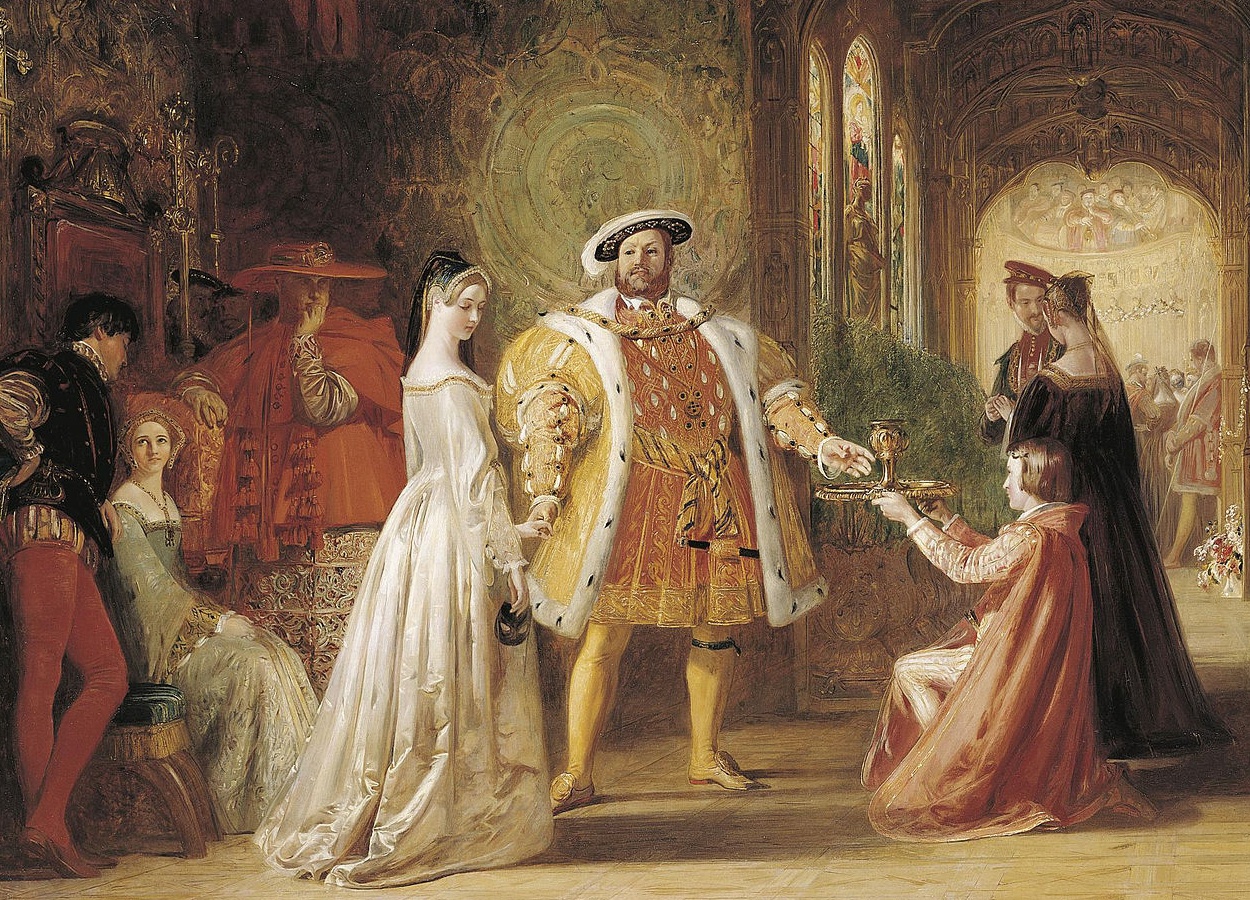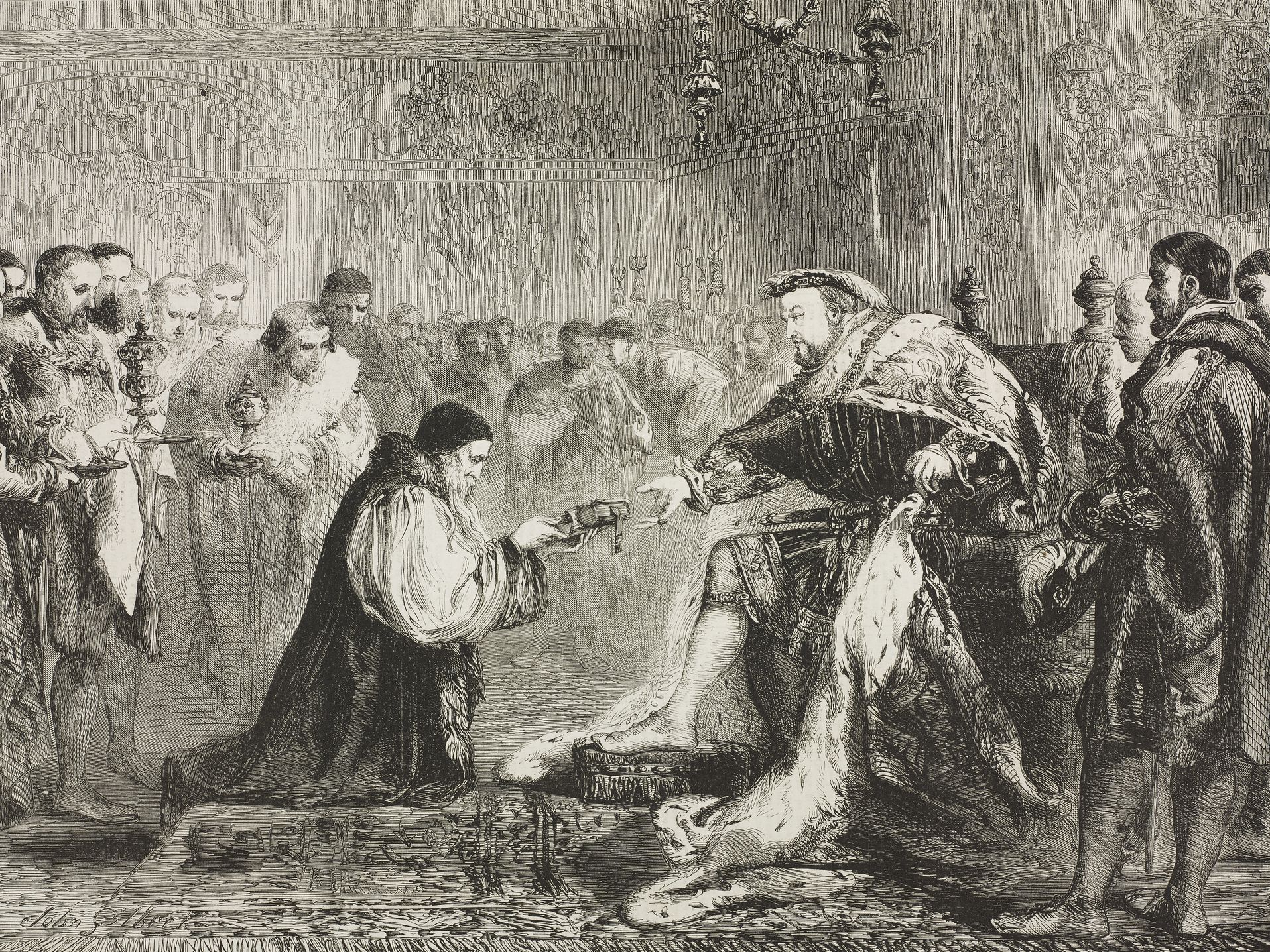You have 3 free guides left 😟
Unlock your guides1.5 New Monarchies from 1450 to 1648
3 min read•june 18, 2024
Isabela Padilha Vilela
Christine Lin
Isabela Padilha Vilela
Christine Lin
The Development of New Political Institutions
New ideas of from the Renaissance prompted new forms of governmental and civil institutions that laid foundation for many modern governmental concepts. These new monarchs👑 focused on creating a centralized government by establishing monopolies on tax collection💸, employing military force, and pushing religious reform to gain greater control over religious practices.
Monarchs and became popular for their religious reforms. The Enligh Reformation instituted by Henry VIII was a response to the Church's impediment for Henry VIII to divorce his previous wife, Catherine of Aragon. Henry VIII brought then dissolution of monasteries and created the "" as a separate entity from the Catholic church. This laid the ground for the dissemination of in England and across Europe as well.

Beginning of New Monarchies
After the and the , nobility and clergy members no longer had the ability to block the power of growing monarchies. There was also a shift in who would assist the king during this time. Business-savvy townspeople became the king’s lawyers, foreign diplomats, and military tacticians. This breaks the bonds of feudal society and makes the rise of sovereign states possible due to the new relationship between the townspeople and the king.
also led to the creation of during the 15th century. The cavalry was dismantled and instead it was replaced by artillery and infantry. France was a perfect example of this movement, especially under the leadership of who created a permanent professional army.
Possibly the most famous monarchy to come about during the Renaissance would be that of Spain. In 1469, and married and unified Spain. 🇪🇸 They conquered Granada, made Naples a Spanish possession, and conquered the , expanding their empire. Although Spain had been a melting pot of Jewish, Christian, and Muslim people, it became a Christian nation under their control. Their greatest legacy is their promotion of overseas exploration🌊. Their partnership with Christopher Columbus led to the creation of a where gold and silver mines helped Spain become the wealthiest country in Europe (until inflation hit).

Meanwhile, in Italy, Renaissance ideals remained influential, which furthered political fragmentation. Ideas of a secular state - a state without an official religion - floated around Italy. Important secular theorists included . and .
During this period, it is important to note that were gaining power and ascended in the social strata.
Important Terms:
- - Tribunal established by Ferdinand of Aragon and Isabella de Castille to institute catholic orthodoxy across Spain.
- - Treaty signed by the powerful Emperor of Rome, and the to establish the relationship between the church and the state in the region.
- Peace of Augsburg - Treaty that ended the war between the and the protestant states. It established that the monarch of each state had the right to define the religion of their state.
- Edict of Nantes - Decree issued by of France, which granted religious freedom to teh (French Protestants) and ended the French wars of religion. 🎥 Watch: AP European History - Medieval Europe
© 2024 Fiveable Inc. All rights reserved.
AP® and SAT® are trademarks registered by the College Board, which is not affiliated with, and does not endorse this website.
